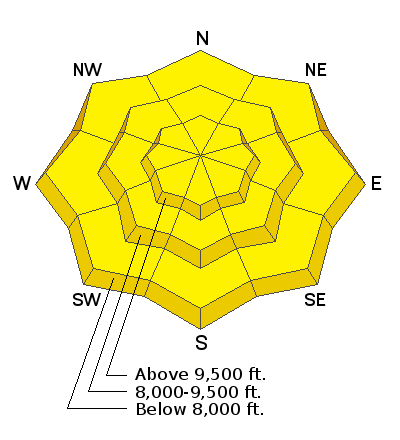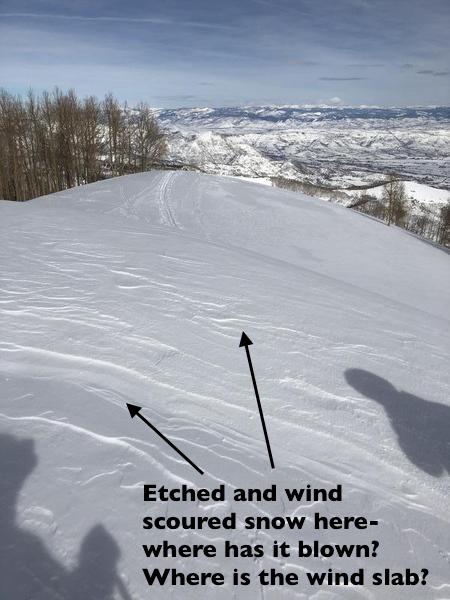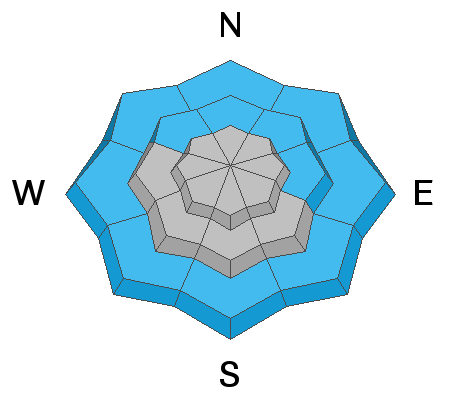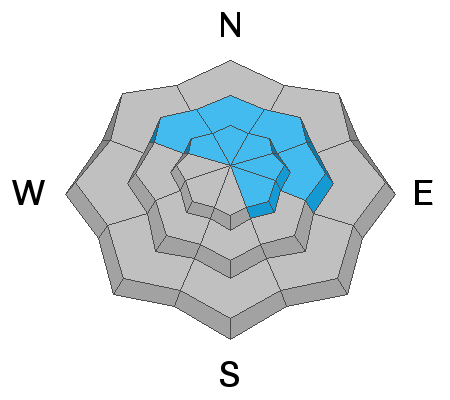Forecast for the Provo Area Mountains

Issued by Evelyn Lees on
Thursday morning, February 28, 2019
Thursday morning, February 28, 2019
The avalanche danger is MODERATE in the Provo area mountains. On upper elevation slopes of all aspects and mid elevation northwest thorough easterly facing slopes, scattered, hard wind drifts can be triggered and there is an isolated chance of triggering a big avalanche breaking on a persistent weak layer near the ground.
At mid and low elevations, it will be possible to initiate wet loose sluffs on steep slopes, especially in the heat of the day or if it rains where you are.

Low
Moderate
Considerable
High
Extreme
Learn how to read the forecast here










